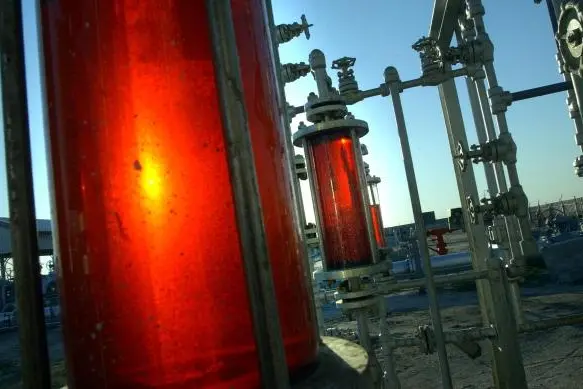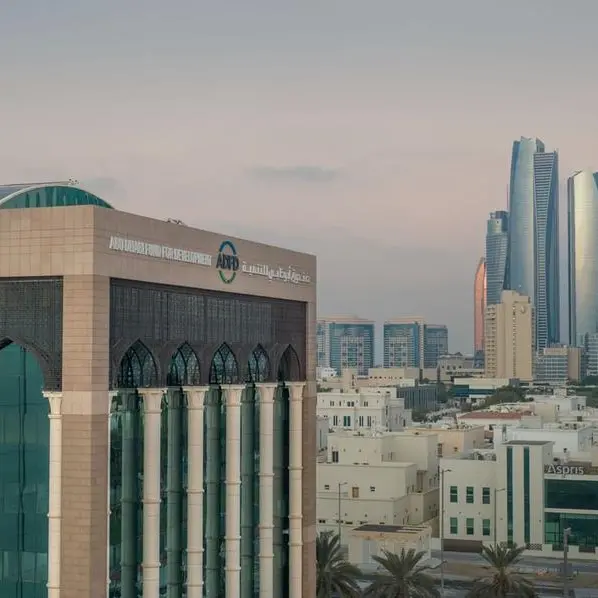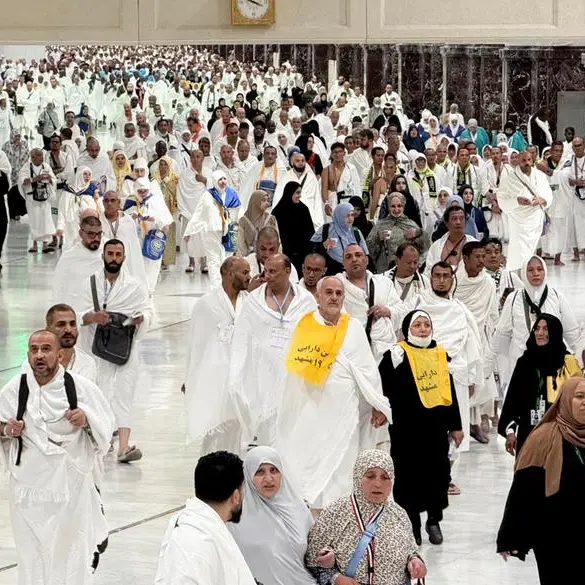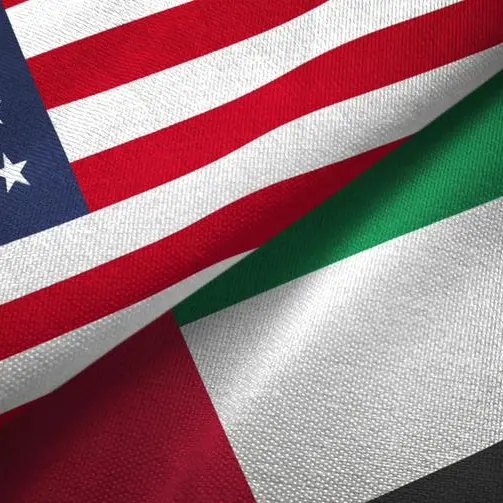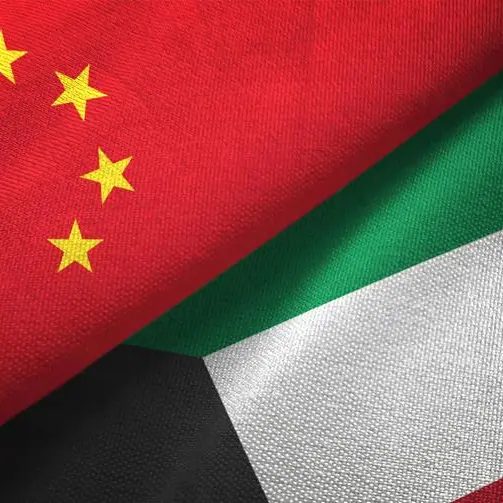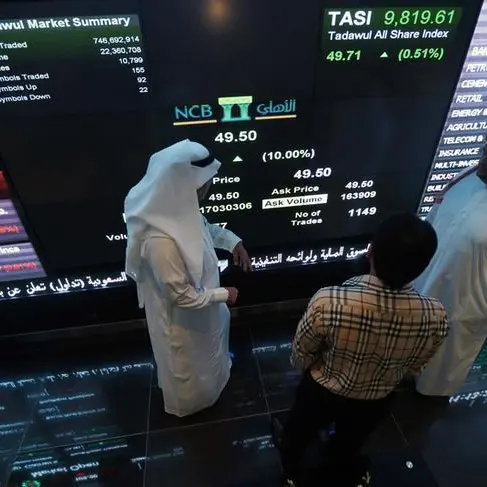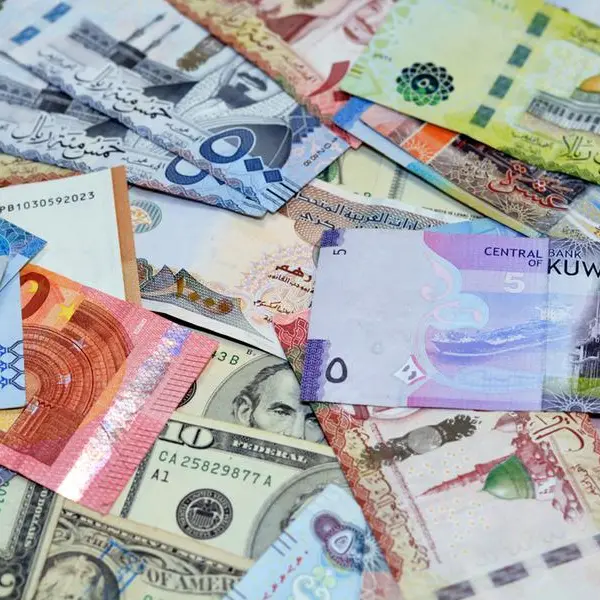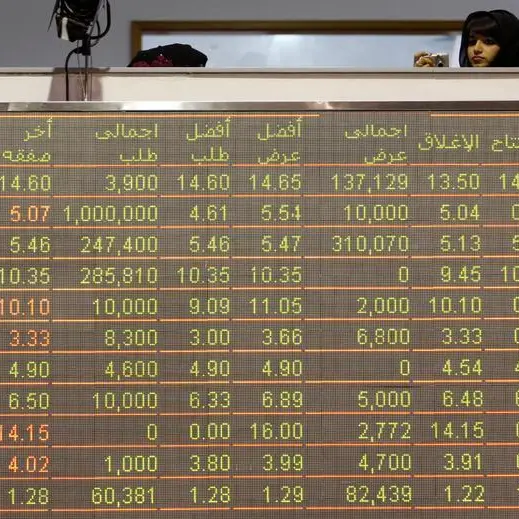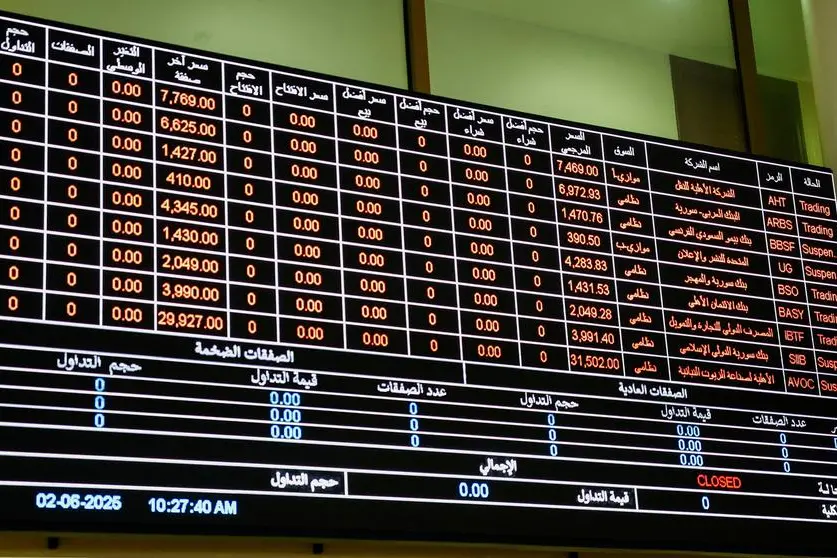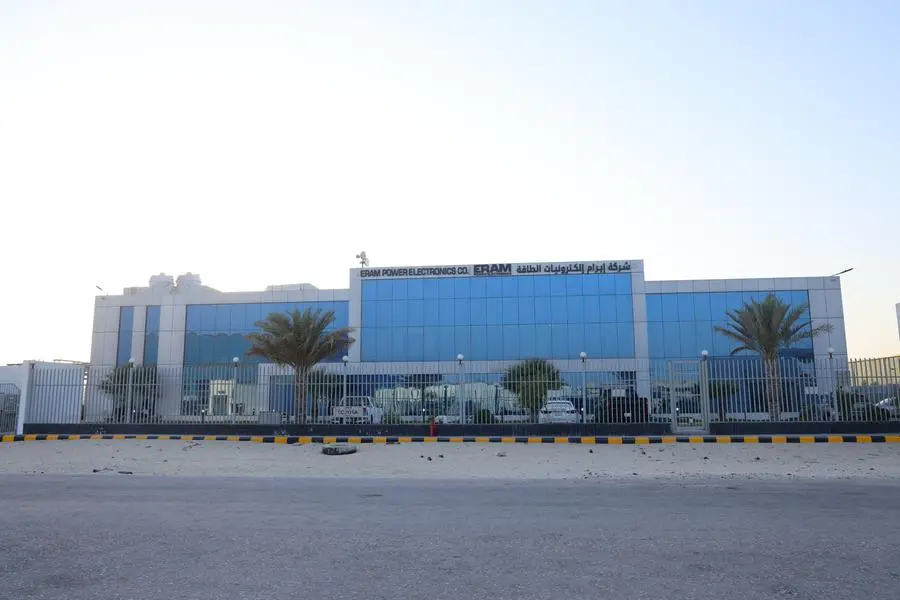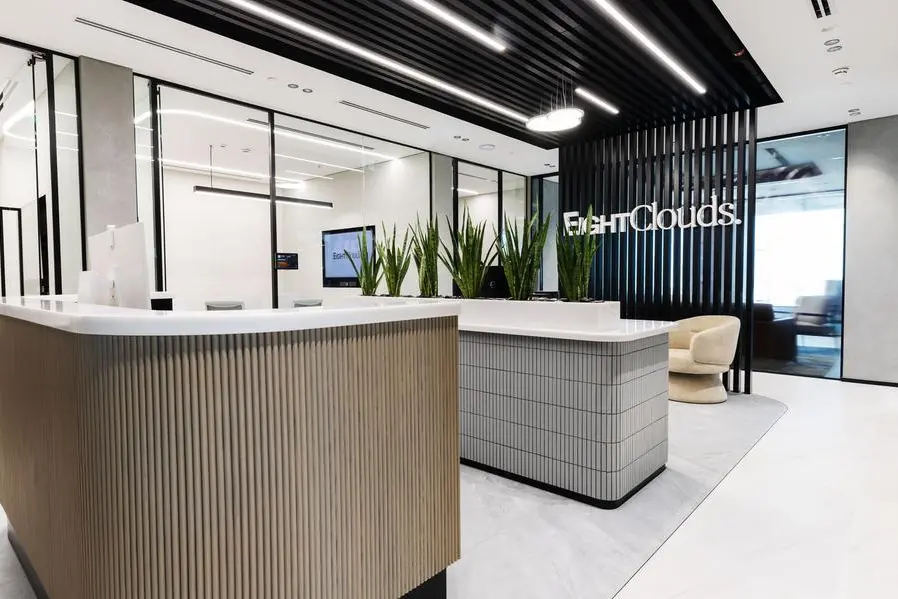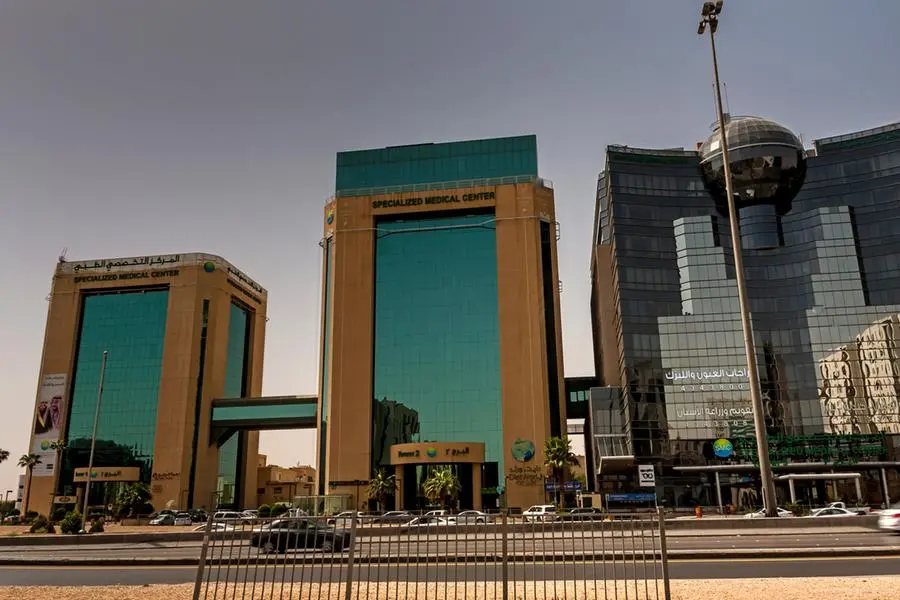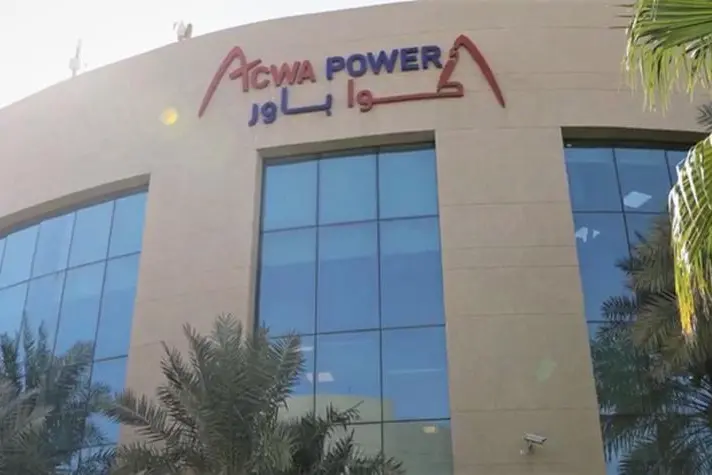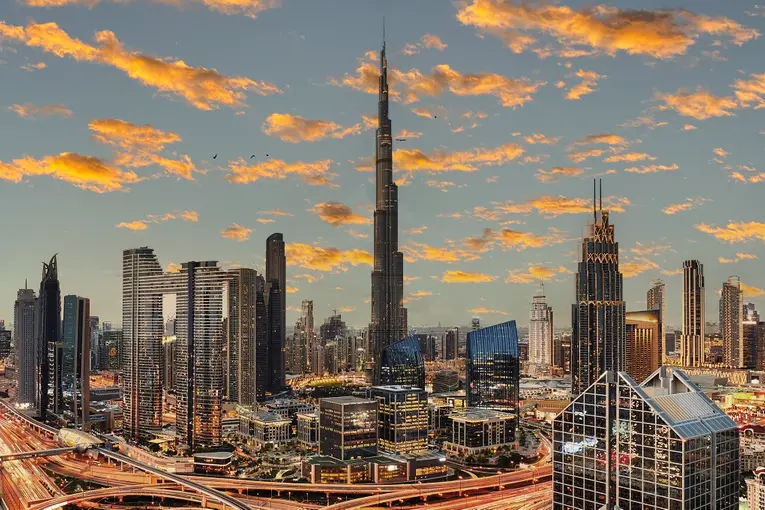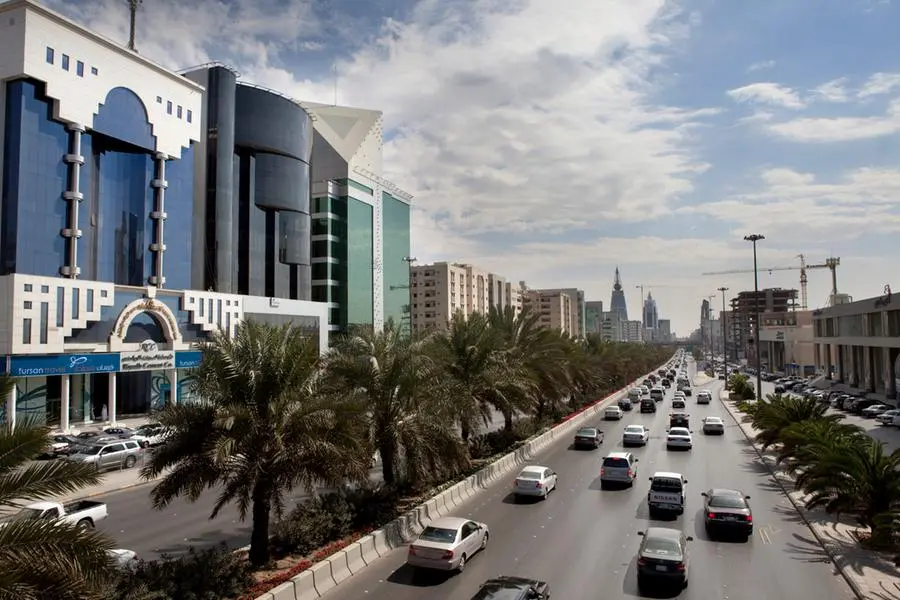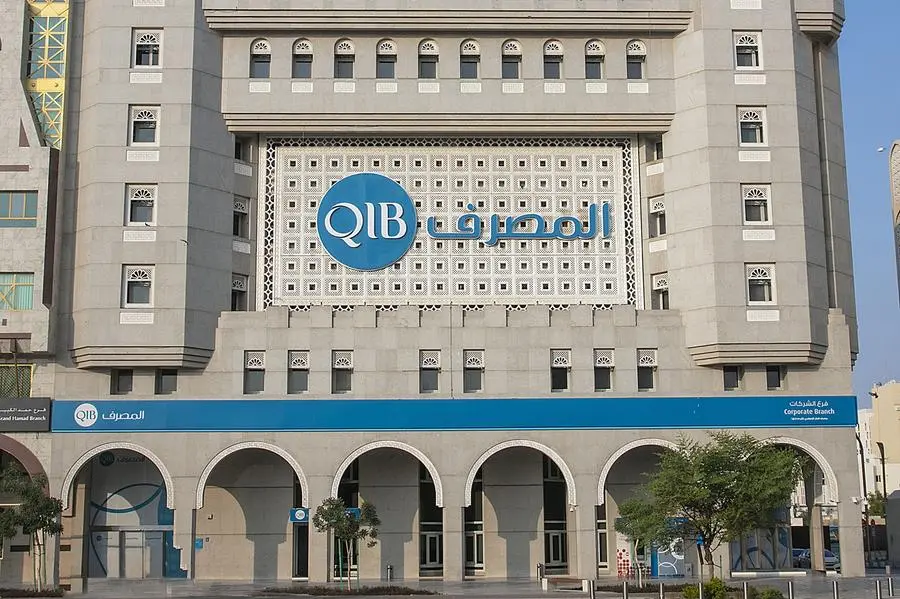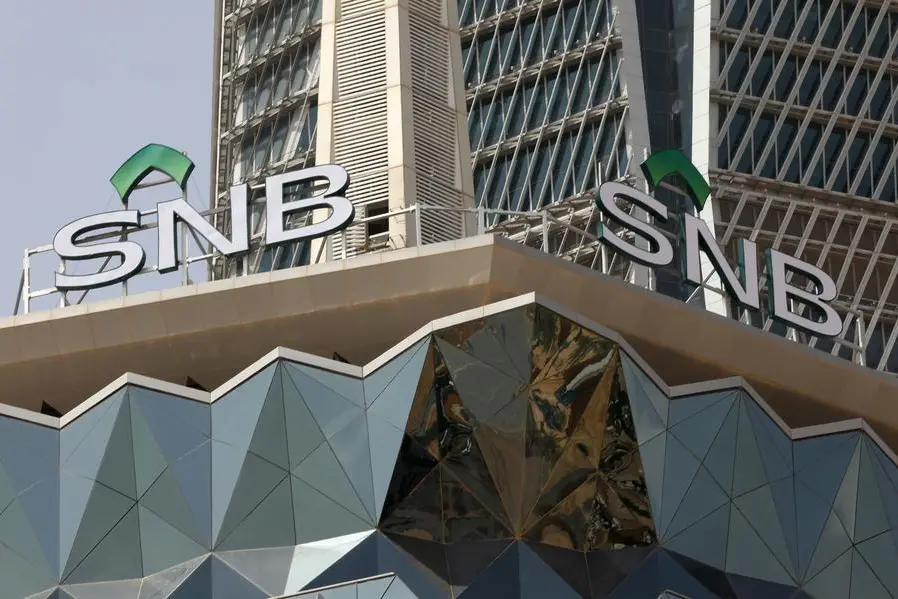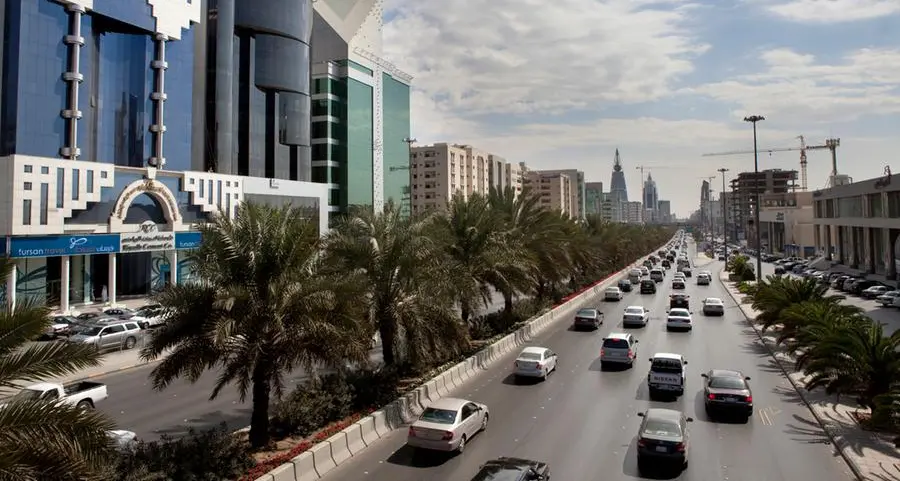PHOTO
CENTRAL KUWAIT - JANUARY 13: Oil is collected at a production facility at the Burgan oil field January 13, 2003 in Central Kuwait. (Photo by Scott Nelson/Getty Images) Image for illustrative purpose.
A recent report issued by MEED magazine stated that Kuwait has clean energy projects worth $6.3 billion under implementation, while it has only 0.5% of the installed clean energy capacity, reports Al- Qabas daily. The report stated that there is optimism in future renewable and clean energy projects in the region, including blue and green hydrogen and ammonia schemes, as there are projects worth $54.1 billion, or 1.8 percent of regional GDP, that have exceeded the study phase, of which $31.5 billion are in the phase of bidding study.
The report also indicated that additional projects worth $282 billion, equivalent to 9.6% of the regional gross domestic product, are under study, reports a local Arabic daily. In MEED’s latest Regional Energy Transition Index, the two countries that continue to lead the region in terms of their energy transition potential are Morocco and Jordan, both of which have committed to 50% green energy by 2030. Both countries already have renewable and clean energy totaling more than 33% of total energy demand, both of which have seen above-average spending on green new capacity over the past five years, with each country allocating more than 2% of GDP.
Dwindling
However, their spending on their projects is dwindling amid the deteriorating global economic situation, as the two countries have a lower than average value of previously implemented energy transition projects after the study phase – less than 1% of their respective GDP – and levels of Overall projects in Morocco are better than those in Jordan, which has $45.6 billion worth of schemes in the planning stage. The UAE comes in second in the region with a modest mix of green energy at 11.2%, having spent 1.1% of GDP, or $3.9 billion, on energy conversion projects in the past five years and has projects worth $16.3 billion in the pre-implementation phase, giving it a path Strong transmission of energy. Oman, which has only 5.7% of installed clean energy, needs to move faster to meet its 30% clean energy target, and its activity has recently waned.
However, projects worth $11.1 billion, or 12.9% of its GDP, are past the study phase, and another $55.3 billion is under consideration amid domestic and foreign interest in developing the country into a hydrogen hub. Egypt has demonstrated its commitment in the past five years, by awarding projects worth 2.2% of its GDP, or $9 billion, and reaching a clean energy capacity of 10.4%. Although it has just over $1.2 billion of projects in the design and bidding phases, it has $7 billion of projects in progress and $69.4 billion of work in progress. Saudi Arabia has only 0.6% of installed clean energy capacity, but it is preparing to ramp up spending quickly.
In the past five years, $12.9 billion, or 1.5 percent of GDP, has been invested in clean energy projects, and $13.2 billion is planned in the design and tender stages. Another $54.5 billion of work is under consideration. Iran also has 13.8% of installed clean energy, thanks in part to the large size of its hydroelectric power plants.
However, it has invested only 0.2% of its GDP in the new capacity due to the sanctions. The MEED report stated that bold promises were made by many countries in the Middle East and North Africa for the share that will be generated from renewable or clean energy by 2030, after the Corona epidemic caused serious impacts on the development of renewable and clean energy through its reflection on national budgets. and implementation of projects. In 2020, the value of renewable and clean energy project contracts fell to just $2.5 billion from more than $6 billion in the previous year. The situation will improve in 2021 and 2022, with total contracts exceeding $9.5 billion annually, but more spending is needed if the 2030 regional energy transition goals are to be met.
© 2022 Arab Times Kuwait English Daily. All Rights Reserved. Provided by SyndiGate Media Inc. (Syndigate.info).
